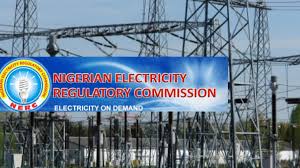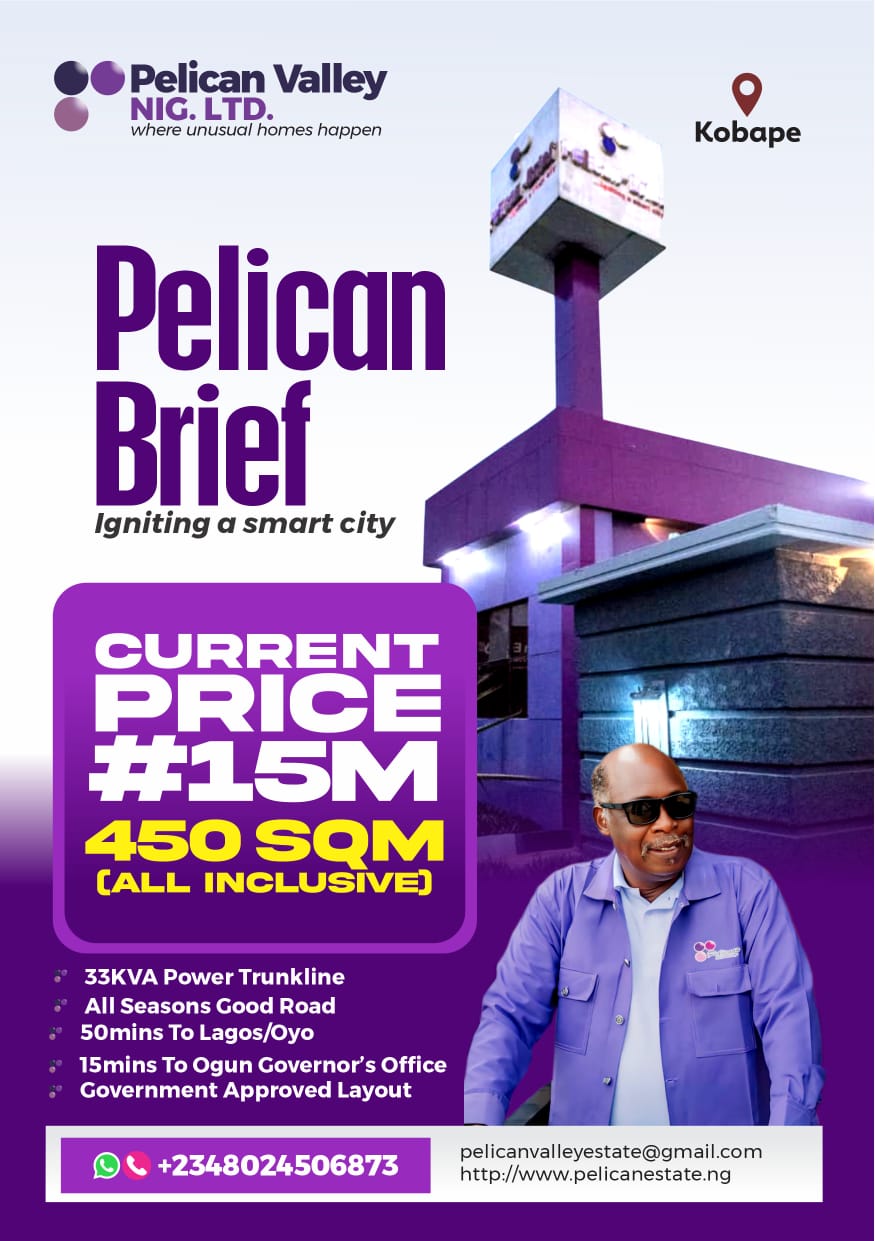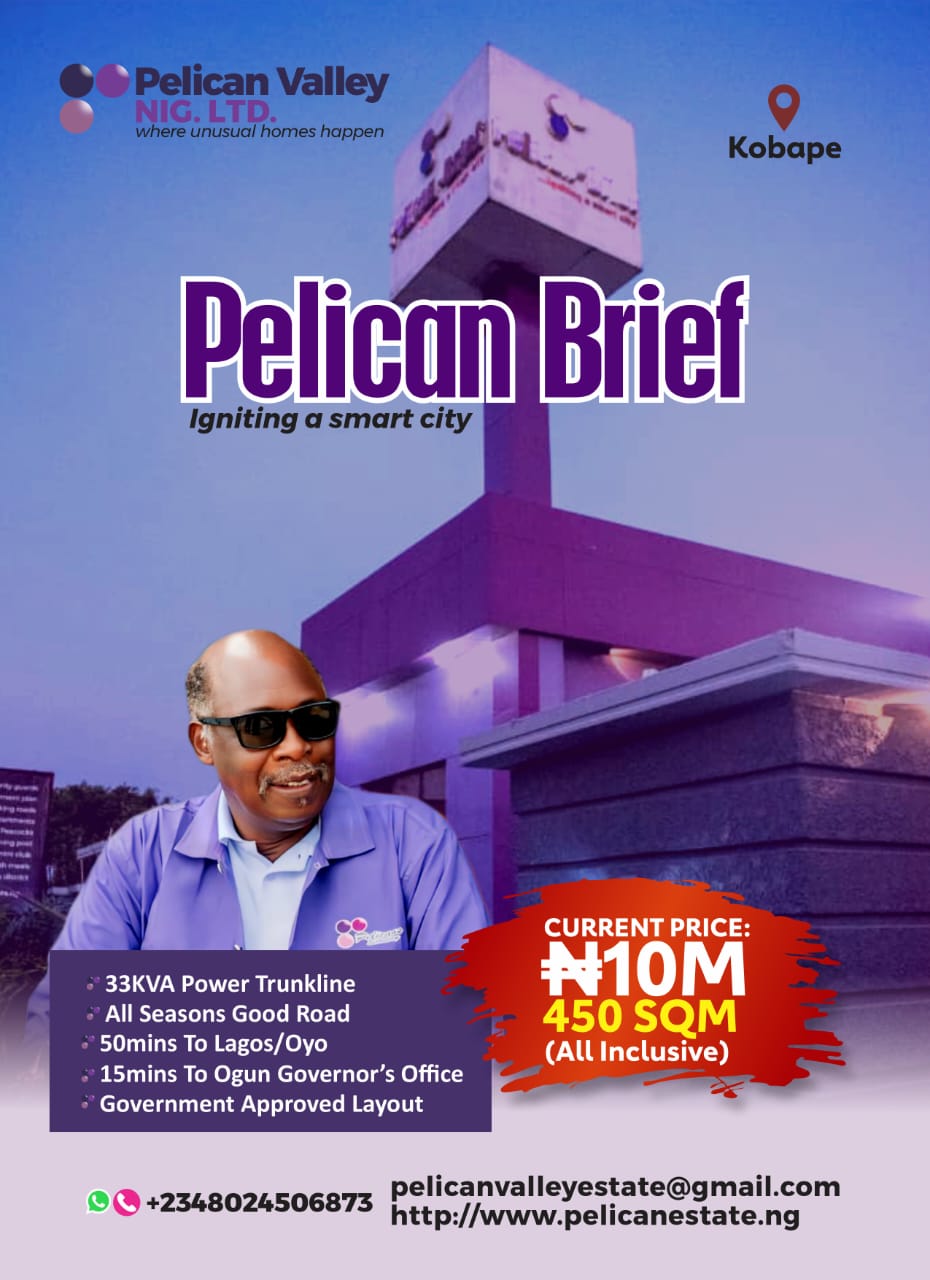…Subsidy hit N633.3bn in Q1 alone as tariff freeze widened gap
Daud Olatunji
The Federal Government of Nigeria spent a staggering ₦1.94 trillion on electricity subsidies in 2024, according to a new report by the Nigerian Electricity Regulatory Commission (NERC).
PLATFORM TIMES reports that the amount represents 62.59 percent of the total electricity invoice issued by the Nigerian Bulk Electricity Trading (NBET) Plc for the year, with an average monthly subsidy cost of ₦161.85 billion.
The NERC’s 2024 annual report, released on Monday, attributes the sharp rise in subsidy expenditure to the government’s policy of maintaining electricity tariffs at the December 2022 level despite escalating market realities, including exchange rate fluctuations and inflation.
The Commission noted that the decision to freeze tariffs led to a first-quarter subsidy bill of ₦633.30 billion — a record quarterly figure that dwarfed previous years’ averages. For comparison, the quarterly subsidy averaged ₦157.15 billion in 2023 and just ₦35.21 billion in 2022, indicating a 303 percent and 1,699 percent increase, respectively.
To mitigate the mounting subsidy pressure, NERC had in April 2024 approved a hike in tariffs for Band A customers—those receiving at least 20 hours of electricity supply daily—from ₦66/kWh to ₦225/kWh. The move was projected to reduce government subsidy obligations by approximately ₦1.14 trillion within the year.
However, by May 2024, a supplementary tariff order saw the rate slightly reduced to ₦206.80/kWh following public backlash. Distribution Companies (DisCos) confirmed the adjustment and maintained that customers on Bands B to E remained unaffected, still paying the 2022 frozen rates.
Despite efforts to curb the subsidy load, NERC said government spending dipped temporarily in Q2 to ₦380.06 billion, marking a 39.99 percent reduction. However, this trend reversed in Q3 and Q4 with subsidy obligations climbing again to ₦84.06 billion and ₦91.63 billion, respectively.
In response to the growing financial strain, the Commission implemented a structural shift in January 2024, replacing the former Minimum Remittance Obligation (MRO) model with a new DisCo Remittance Obligation (DRO) framework. Under the DRO, subsidies are applied directly to generation costs at the transaction point between DisCos and NBET, based on the portion of the GenCo invoice each DisCo’s allowable tariff can cover.
NERC noted that the adjustment was crucial to shielding the electricity market from systemic risks posed by unpaid subsidies, which were undermining DisCos’ financial health and hampering investments in infrastructure.
The Commission reaffirmed that the government remains committed to bridging the gap between cost-reflective and approved tariffs through what it termed “tariff shortfall funding.”
Electricity stakeholders have continued to call for comprehensive reforms to reduce subsidy dependency, improve cost recovery, and enhance service delivery in the nation’s struggling power sector.
Do you want to share a story with us? Do you want to advertise with us? Do you need publicity for a product, service, or event? Contact us on WhatsApp +2348183319097 Email: platformtimes@gmail.com
We are committed to impactful investigative journalism for human interest and social justice. Your donation will help us tell more stories. Kindly donate any amount HERE




